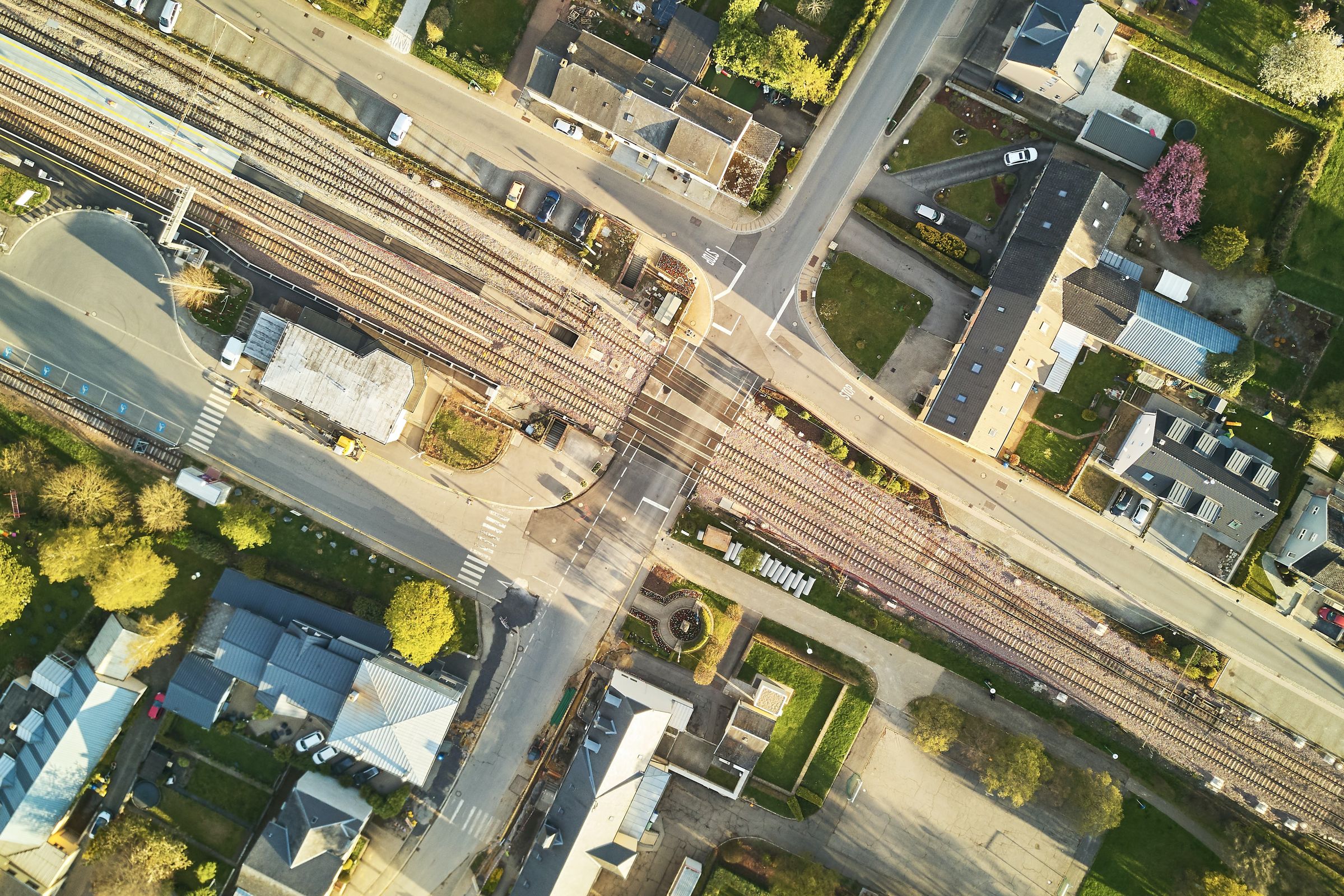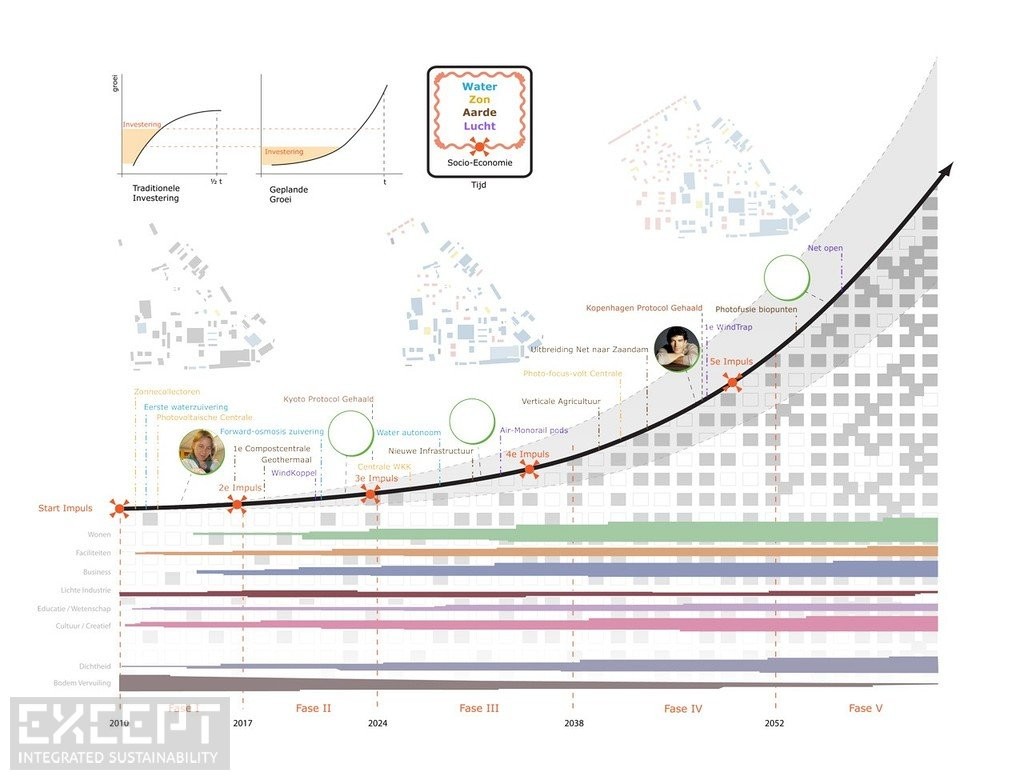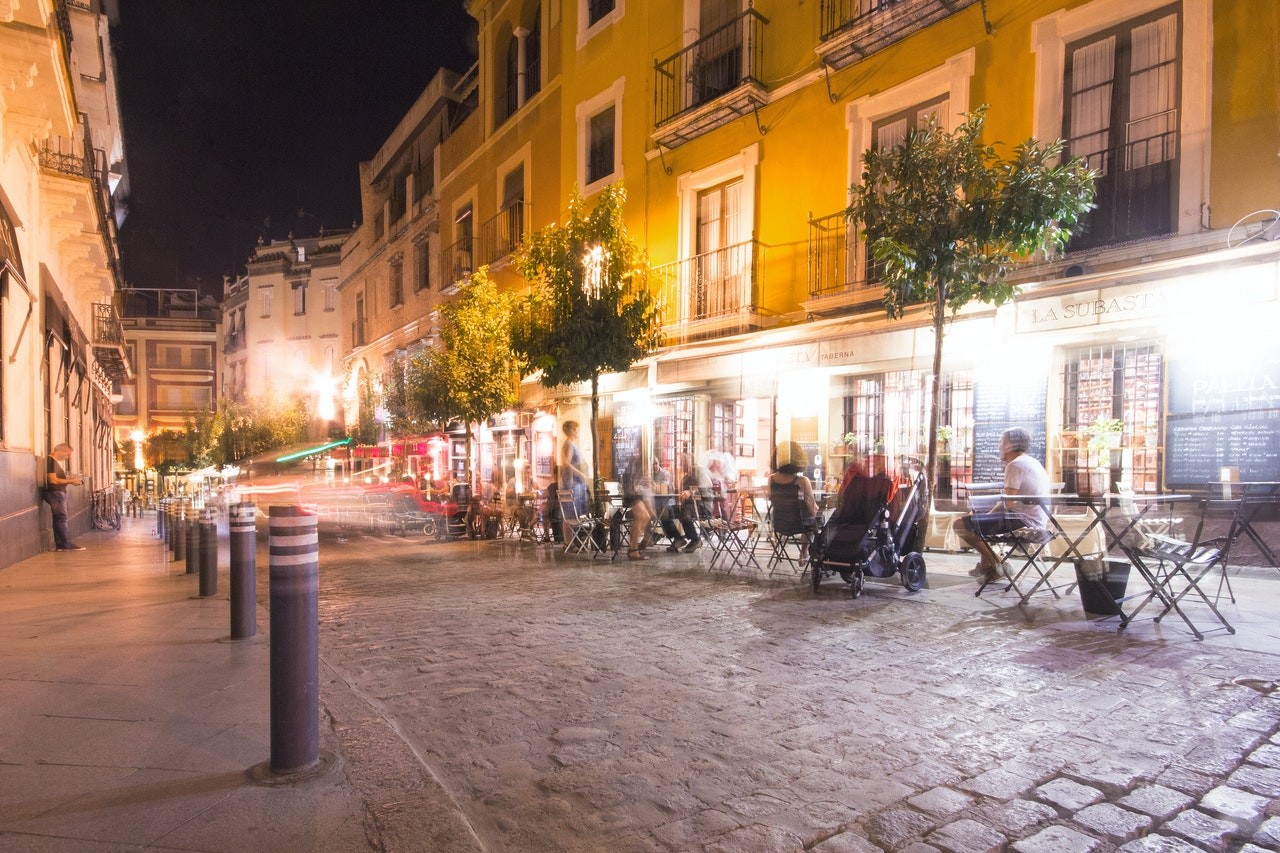

Growth Planning for Sustainable Urban Development
Next-Generation and Open Source City Planning
May 01, 2010

Growth Planning introduces an entirely new approach to the traditional Area Planning method of development and urban design. Instead of defining specific programmatic requirements, Growth Planning considers socio-economic impulses and conditions in each region to better design interventions and enhance outcomes. Born out of a necessity to start thinking differently about our built environment, Growth Planning revolutionizes the task of city design by organically responding to societal stimuli, allowing for increased value, quality, and continuing development over time. Except has worked on refining this new form of planning since 2005.
The Achilles’ heel of city planning has always been its inability to accurately foresee future communities' needs. Most city plans take their final shape 10 to 50 years from the moment they are launched, a sufficiently long period for the world to have become an entirely different place. Moreover, recent observations of area planning projects have revealed that standard planning generally lacks substantial economic opportunity - no matter how insightful the initial plan seems. This approach negatively affects the quality of urban features and future adaptivity.
A large area in the north of the Netherlands presented a unique opportunity for a radically new approach to city planning - a pilot project with the Growth Planning method. A cooperative of various parties worked together to restructure an abandoned area with monumental buildings. Except continue to develop this revolutionary new planning method, partly explained in this article.

The core of traditional investment planning is to take a map of the area of interest and assign various programs to portions of the map. The designer regulates housing, offices, commercial zones, services, and open spaces in a mix that results in the “ideal” neighborhood or city for a specific location.
A whole library's worth of books has been penned on what this exact mix should be and how its different elements should fit together. However, using our new approach, we scrap the idea of a predetermined program entirely. Instead, we start with the pre-existing condition and apply planned socio-economic stimuli to the region to encourage investment and growth.
These stimuli can take almost any form other than the construction of physical structures, such as festivals or gatherings, land co-ops, educational programs, etc. These stimuli are managed over time to let the area grow and develop.
While the stimuli are a planned component, the exact physical manifestation of the area is not. Individual initiative, as well as corporate investment, are both encouraged. A secondary and essential element in this kind of planning is the establishment of strict performance standards and boundary constraints. For example, one such requirement adopted in the case of this project is that no energy be imported – in any form, which includes electricity – across the border of the development.
These edge conditions are intended to push the area aggressively toward sustainability by requiring creative innovations and new solutions from those who choose to develop in the area.

Traditional planning requires enormous quantities of up-front investment from developers. Because these investments need to be paid off eventually, there’s a great deal of interest in controlling the eventual outcome of the planned area. It does not matter if this outcome is sub-optimal, as long as the initial investment is re-captured and a sufficient profit. Growth planning requires comparatively little up-front investment, thus curbing the desire for a pre-conditioned outcome.
As time passes and the initiative takes off, the investment pattern follows an exponential curve, with various parties increasingly weighing in on the development. With clear edge conditions set from the outset, the development will seek the ideal path to optimal growth within these conditions, with the mixture of programs and functions to be determined by supply and demand and a desire for the quality of the local agents. There’s no master plan, no drawings of what it will look like, just ideas about what it could be.
A performance-oriented approach to enhancing sustainability ensures more local and relevant solutions emerge. This development had pre-set conditions forbidding imported energy onto the site (no fossil fuels, electricity, or otherwise). Another precondition is that no waste was allowed to leave the site. It does not matter what solutions are sought or how the agents within the area resolve their needs for resources. As long as the conditions are met, the site will be an exemplary development.
Because technology evolves much faster than rules and laws can keep up with, a situation much closer to optimal sustainable development than seen in other planned areas will be able to flourish in the area. We call this performative planning and it is a vital component directly extracted from our approach to integrated systems thinking: Symbiosis in Development.

Various areas have been investigated for potential Growth Planning, ranging from existing urban sites to sites for new construction. A unique opportunity presented itself in the form of a secluded monumental parkland: a large site with several natural areas, as well as a significant number of monuments that allow for exciting re-use. The soil was heavily polluted due to previous activity, and a large barrier around the site prevented business-as-usual planning.
Something more innovative was needed. The project took shape using a well-balanced system of area guidelines, an intelligent corporate structure for interested parties to join, and a beautiful setting preserved and built upon.
The area is projected to grow to a metropolitan scale within 50 years, going through several stages of development. In its initial phase, pioneers will use the space for cultural, light industrial, and entertainment programs. In the second stage, educational facilities will have developed a solid foothold in the park, and the beginnings of residential development, offices, and some retail will become apparent.
Over time this will develop into a high-density area maintaining the natural resources on site, the monumental character of existing buildings, and cleaning up the pollution through the preservation and continued functioning of biological systems.
Conceptual development and research of this system was done by Except, in addition to producing texts, graphics, imagery, and graphic designs for the written report. For more information regarding second-generation area development or Growth Planning, please contact us.
May 1, 2010
Director